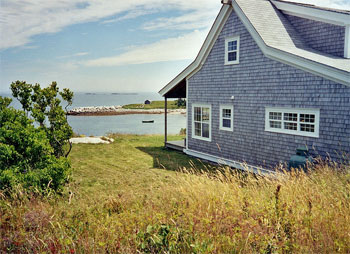
In Kenneth Harney’s article [Baby boomers fuel surge in second-home market [Columbus Dispatch]](http://www.columbusdispatch.com/homegarden/homegarden.php?story=dispatch/2006/04/02/20060402-I5-00.html) he discusses the 2nd home market phenomenon whose activity has more than doubled since 2001 reaching 881,000 purchases in 2004 alone.
_When Congress amended the federal tax code in 1997 to permit as much as $500,000 (for married couples filing jointly) and $250,000 (for singles) of gain on the sale of a primary home to be spared from taxation, Chung said, “Homeowners did not have to buy expensive (replacement) homes anymore.”_
Before 1997, the only way to avoid capital gains was to trade-up. Downsize an existing home and use the proceeds to buy a second home. Plus, baby boomers are in their peak earning years and will continue to drive this market for at least another decade.
However, in June Fletcher’s piece: [Buyers Need to Choose Wisely
When Purchasing a Vacation Home [REJ]](http://www.realestatejournal.com/buysell/markettrends/20060328-fletcher.html?refresh=on)
_So, vacation-home buyers, take heed: The days when you could flip a beach house or ski place for fun and profit are probably over. That doesn’t mean that you should avoid a second home altogether, but it’s time to take a serious look at the economic factors that propel vacation markets, and to weigh the financial costs of ownership._
But as Vivian Marino writes in last Friday’s [Water, Water Anywhere [NYT]](http://select.nytimes.com/mem/tnt.html?tntget=2006/03/31/realestate/31second.html&tntemail0=y&emc=tnt&pagewanted=print) second homes located near the water seem to be doing well.
Perhaps in the softer real estate climates these days, it really is all about location.

